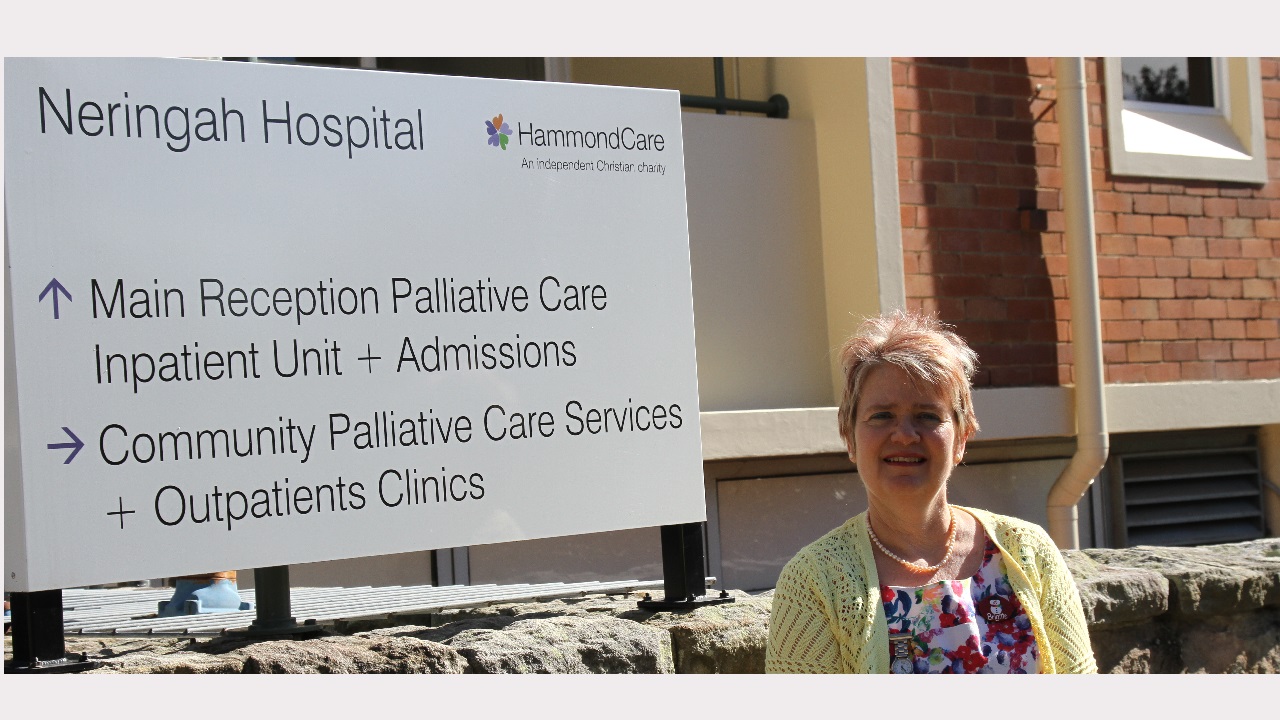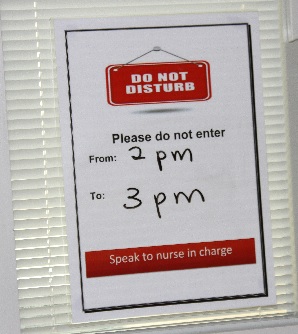Program supports staff to initiate conversations about intimacy
Program supports staff to initiate conversations about intimacy
Tuesday, August 29, 2017
A Sydney palliative care hospital has overcome the hurdle of sex and dying being taboo subjects, running a program to ensure staff are better equipped to initiate conversations about intimacy.
HammondCare’s Neringah Hospital in Wahroonga has run an eight-month program called Let’s Talk About It in order to train staff and design ways to support patients wanting private time with their partners.
HammondCare clinical nurse educator Brigitte Karle says there is a widely-held perception that people at the end of their lives are too ill to think about sex. However, the program responded to research showing that palliative care patients have unmet needs for intimacy.
“Through our research, we have identified that patients would like staff to initiate the conversation, and we have implemented a system where staff feel confident to recognise cues to take the appropriate action to provide private couple time,” says Ms Karle.
“We need to make it easier for patients, their partners and staff to feel that they can have the conversation without being uncomfortable.”
Let’s Talk About It has also resulted in a sign designed for patients’ doors which requests privacy over a specified time.

Neringah Hospital, which provides short-term acute care for patients with a life-limiting illness, has 13 private rooms with single beds and three with double beds.
Ms Karle said Neringah’s unique set up allowed patients to have intimate private relationships with their partners that might not be available in other hospitals.
“Regardless of the setting it is important for all hospitals and staff working in sub-acute care to recognise that people who are in the last stage of their life may have sexual needs,” says Ms Karle.
Palliative Matters has previously profiled the artwork of a hospice-based physiotherapist whose work reflects the importance of touch for people who are dying. Margaret Ambridge is a strong advocate for palliative care environments having double beds in order to provide opportunities for patients and their loved ones to hold one another in whatever way they need or want.
Ms Ambridge’s charcoal drawing, titled ’Till death, which depicts a couple cuddled up close in bed, will feature in an exhibition of works at the Australian Palliative Care Conference in Adelaide next week.

Ms Ambridge was moved to hear of people who were unable to lie next to their partner of 50 years as they were dying, and children who wanted to climb into bed with a dying parent. She remembers a palliative care nurse explaining to her that sometimes it’s just not enough to hold hands through a bed rail, and an older nurse who explained that sometimes people need to lie next to their partner after they have died.
“At the time, [that] shocked me, but it sounds absolutely reasonable now, on reflection.”
